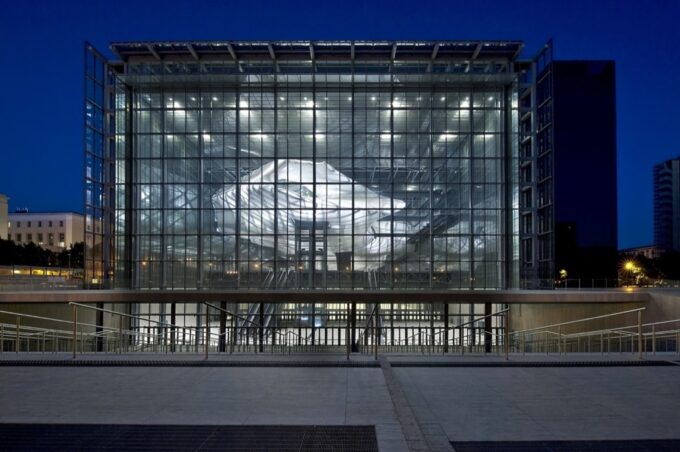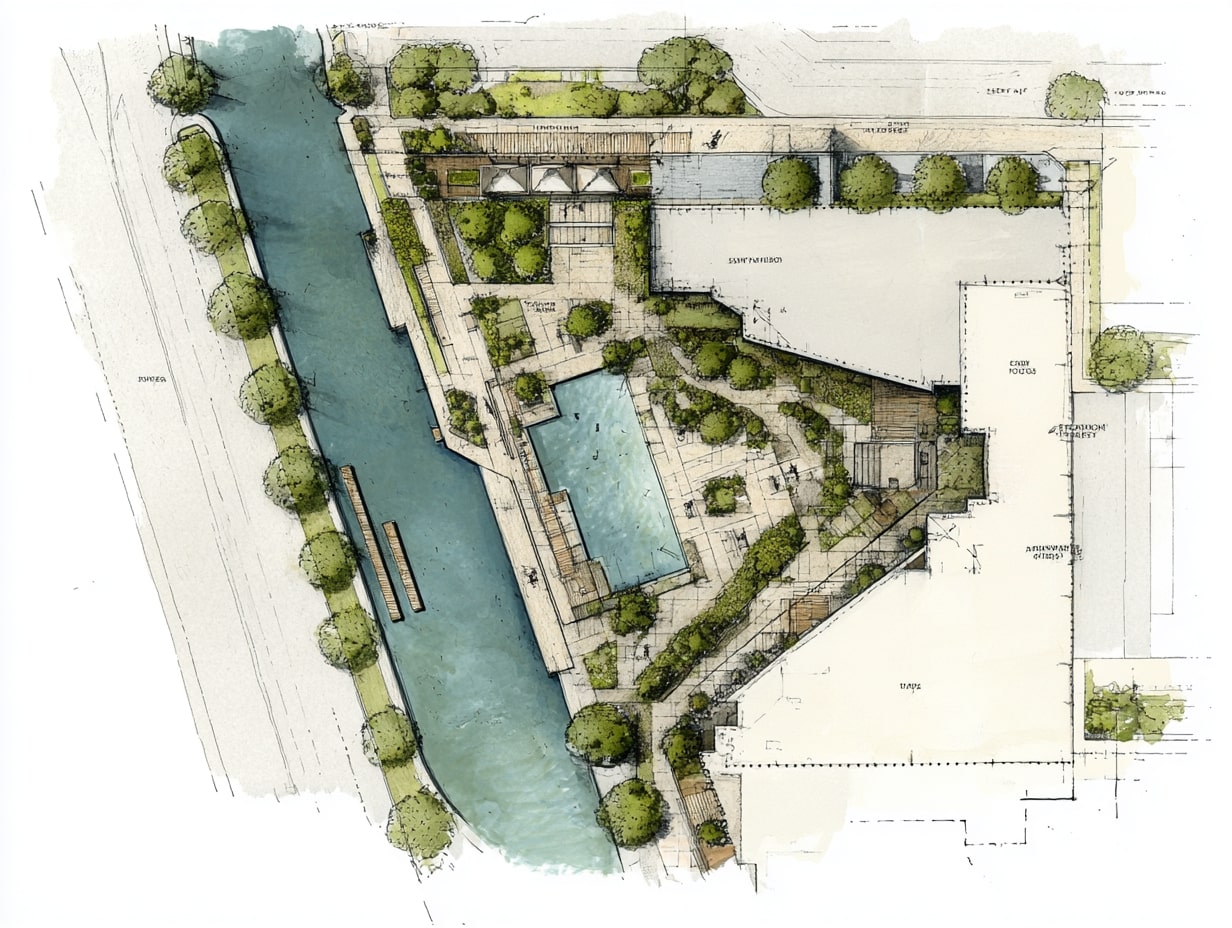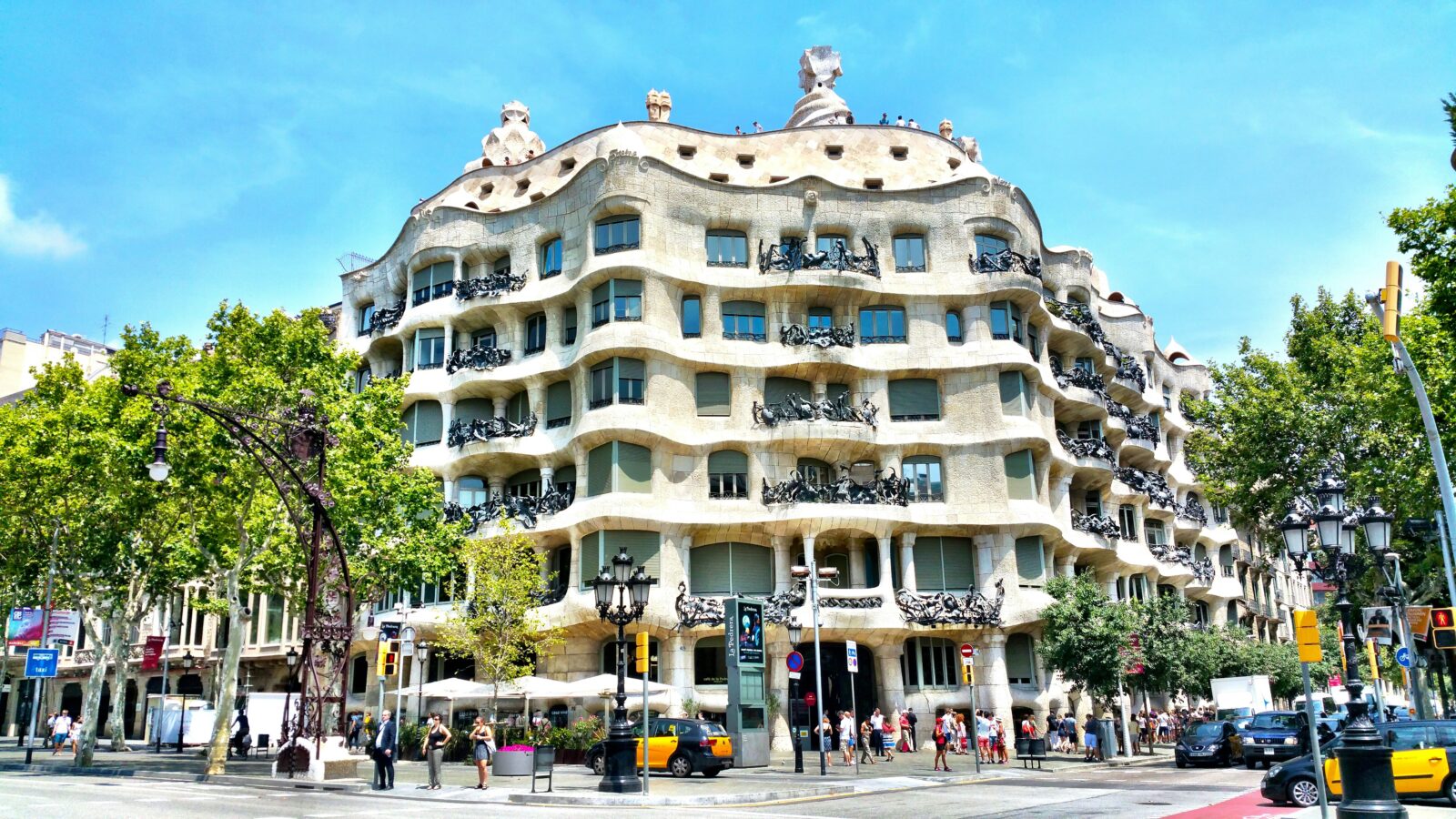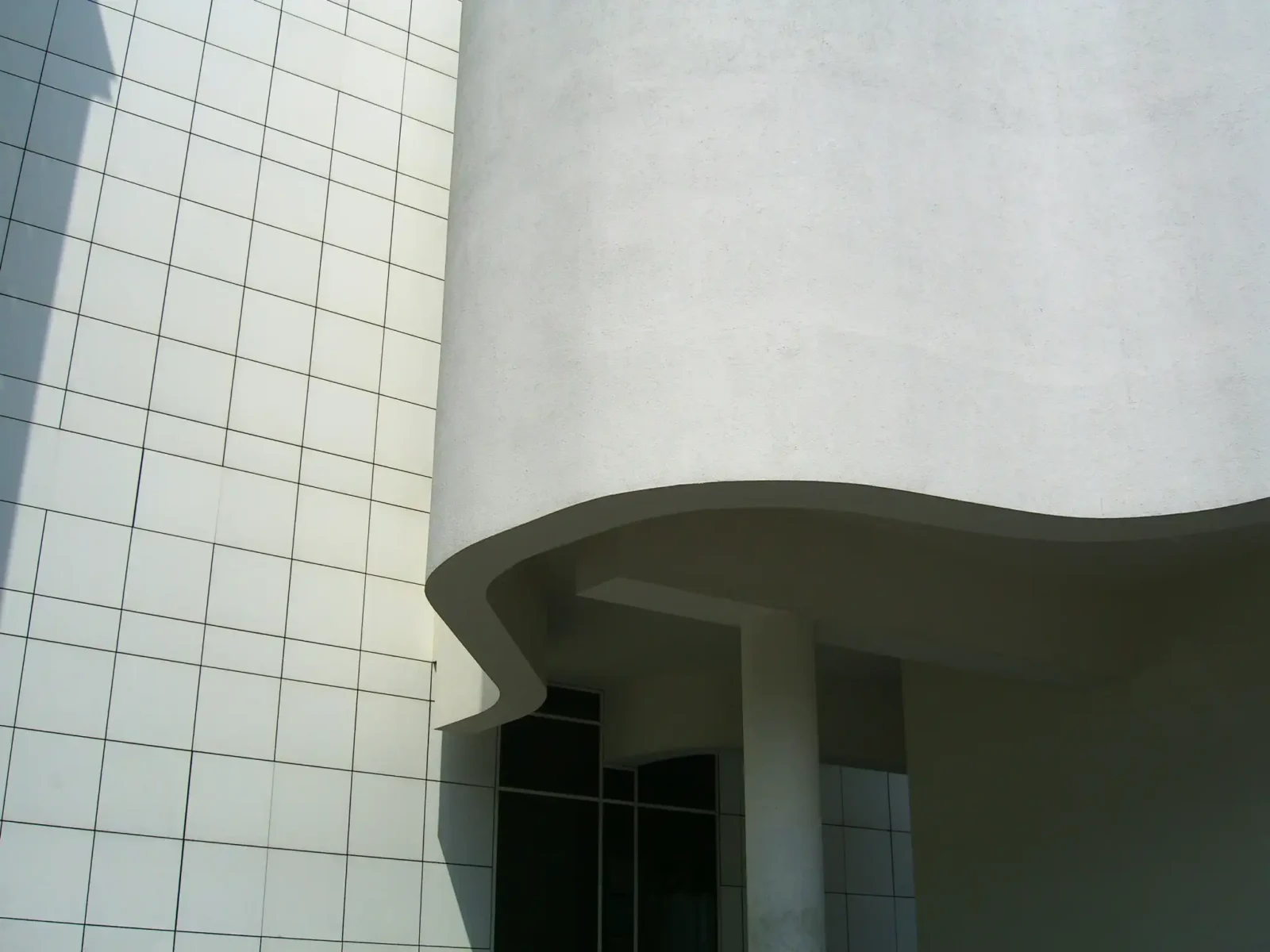- Home
- Articles
- Architectural Portfolio
- Architectral Presentation
- Inspirational Stories
- Architecture News
- Visualization
- BIM Industry
- Facade Design
- Parametric Design
- Career
- Landscape Architecture
- Construction
- Artificial Intelligence
- Sketching
- Design Softwares
- Diagrams
- Writing
- Architectural Tips
- Sustainability
- Courses
- Concept
- Technology
- History & Heritage
- Future of Architecture
- Guides & How-To
- Art & Culture
- Projects
- Interior Design
- Competitions
- Jobs
- Store
- Tools
- More
- Home
- Articles
- Architectural Portfolio
- Architectral Presentation
- Inspirational Stories
- Architecture News
- Visualization
- BIM Industry
- Facade Design
- Parametric Design
- Career
- Landscape Architecture
- Construction
- Artificial Intelligence
- Sketching
- Design Softwares
- Diagrams
- Writing
- Architectural Tips
- Sustainability
- Courses
- Concept
- Technology
- History & Heritage
- Future of Architecture
- Guides & How-To
- Art & Culture
- Projects
- Interior Design
- Competitions
- Jobs
- Store
- Tools
- More
Top Trends in American Retirement Home Design: Innovations for Modern Living
Discover how American retirement home design is transforming. From sustainability and smart technology to community-focused spaces and personalized living, explore the latest trends reshaping senior living. Learn about health-focused amenities, accessible layouts, and eco-friendly innovations that prioritize active, connected, and fulfilling lifestyles for modern retirees.

Retirement homes in America are undergoing a remarkable transformation. As our population ages and expectations evolve, these spaces are no longer just about comfort—they’re becoming hubs of innovation, wellness, and community. The days of cookie-cutter designs are behind us, making way for thoughtful layouts and amenities that cater to modern retirees’ needs and aspirations.
We’re seeing trends that prioritize sustainability, technology, and personalized living experiences. From eco-friendly materials to smart home features, retirement home design now reflects a blend of practicality and sophistication. It’s about creating spaces that feel like home while supporting active, fulfilling lifestyles.
Let’s explore how these trends are reshaping the way we think about retirement living, offering a glimpse into the future of aging with style and purpose.

Table of Contents
ToggleThe Evolution Of American Retirement Home Design
American retirement home design has shifted dramatically over the past few decades. Early designs prioritized functionality, offering standardized layouts and limited amenities. These homes often focused more on basic needs than creating spaces that fostered a sense of purpose or community.
Architectural diversity has emerged as a defining element in modern designs. Developers now integrate a variety of housing types, including apartments, cottages, and townhomes, to meet diverse preferences. For example, many communities mix independent living units with assisted care facilities to provide continuity as needs change.
Wellness-centric features have become prevalent in contemporary retirement homes. Designs increasingly include fitness centers, yoga studios, and walking trails that encourage physical activity. Additionally, communal spaces like libraries, art studios, and dining halls are structured to promote social interaction and lifelong learning opportunities.
Technology integration is enhancing functionality and appeal. Smart home features such as automated lighting, voice-controlled devices, and medical alert systems are now common. Homes are also being designed with robust internet infrastructure to support telehealth services and digital communication platforms.
Sustainability is influencing material choices and energy systems. Many retirement homes now incorporate solar panels, energy-efficient windows, and environmentally friendly building materials like reclaimed wood and non-toxic finishes. Green spaces, like rooftop gardens and landscaped courtyards, have also become prominent design elements.
This evolution reflects changing expectations among retirees, who seek environments that balance independence, community, and sustainability. Designers and developers are adapting to align these spaces with the priorities of modern aging.

Key Trends In Modern Retirement Home Design
Retirement homes now prioritize innovative design elements that cater to changing lifestyles. Recent trends focus on sustainability, accessibility, and technology to enhance resident experiences.
Emphasis On Sustainable Architecture
Sustainable architecture has become a cornerstone of retirement home design. Facilities incorporate energy-efficient systems such as LED lighting and geothermal heating to reduce environmental impact. Homes frequently utilize renewable materials like reclaimed wood and low-VOC paints to ensure healthy living environments. Designers often integrate green spaces like rooftop gardens and walking trails, creating opportunities for residents to connect with nature.
Prioritizing Accessibility And Universal Design
Accessibility-driven layouts ensure spaces accommodate all mobility levels. Features include wider doorways, zero-threshold showers, and adjustable-height countertops. Universal design concepts make every aspect of the facility usable regardless of physical ability. Open floor plans, lever-style door handles, and elevators near communal areas enhance ease of movement, promoting a comfortable and inclusive living environment. These elements empower residents while preventing unnecessary modifications later.
Integration Of Smart Home Technology
Smart home technology supports convenience and safety. Many homes feature voice-controlled systems for lighting, thermostats, and appliances. High-speed internet access facilitates telehealth visits, remote monitoring, and online activities. Advanced safety features, such as fall detection sensors and emergency alert systems, provide peace of mind for residents and their families. These technologies streamline daily routines and address specific needs of retirees, enhancing overall quality of life.

Creating Community-Oriented Spaces
Community-centered designs remain a key trend in modern American retirement homes, fostering interaction, connection, and a sense of belonging. These spaces prioritize both social and wellness-focused elements to meet the needs of diverse residents.
Common Areas For Social Interaction
Common areas encourage residents to connect with each other through versatile, thoughtfully designed spaces. Multipurpose rooms support activities like group classes, game nights, or club meetings, creating opportunities for engagement. Dining halls often take on a restaurant-style design, offering shared mealtime experiences that strengthen relationships. Libraries, lounges, and smaller gathering hubs are increasingly included to balance group dynamics for both large and intimate conversations. Technology-equipped spaces also enable access to virtual group activities, promoting inclusivity.
Outdoor Spaces For Relaxation And Wellness
Outdoor spaces focus on creating an accessible intersection of relaxation and health. Walking trails, gardens, and courtyard seating provide residents with options for physical activity or peaceful reflection. Design features like shaded seating areas, fountains, and native landscaping enhance comfort and beauty while supporting stress reduction. Many modern retirement homes also include outdoor fitness zones and activity areas to encourage exercise in natural settings. These elements combine to integrate wellness into daily life.
Focus On Health And Wellness Features
Modern retirement homes increasingly integrate health-focused amenities to support active lifestyles and holistic well-being. These features enhance physical and mental health while creating spaces conducive to wellness-oriented living.
On-Site Fitness Facilities
Retirement homes emphasize fitness to encourage daily physical activity. Many include professionally equipped gyms with low-impact machines, yoga studios, and swimming pools designed for aquatic exercises. Group fitness classes like Pilates and Zumba are common, promoting social interaction alongside exercise. Outdoor fitness amenities such as walking tracks, open-air gyms, and pickleball courts further expand opportunities for movement.
Access To Healthcare Services
Facilities are prioritizing immediate access to healthcare within their communities. On-site wellness clinics staffed with nurses, physical therapists, and medical professionals provide routine checkups and basic treatments. Telehealth stations equipped with high-speed internet facilitate virtual consultations with specialists. Emergency support features, such as 24-hour monitoring and rapid-response systems, ensure quick access to medical care when needed.

Luxury Meets Functionality
Modern retirement homes blend opulence with practicality, creating spaces that cater to comfort and convenience while reflecting refined living standards. This shift emphasizes thoughtful designs and personalized features that enhance both luxury and usability.
High-End Amenities
Upscale retirement homes feature amenities designed to rival high-end resorts. Spas with treatments tailored for seniors provide relaxation and promote wellness. Fine-dining options, including chef-curated menus in elegant dining rooms, create exceptional culinary experiences. Entertainment theaters offer residents access to movies, performances, and lectures within their community. Additionally, wine cellars, art studios, and rooftop lounges elevate the living experience by catering to diverse tastes and interests.
Customizable Living Spaces
Personalization takes center stage in retirement home design, offering residents a chance to tailor their spaces to their preferences. Homes often include options for flexible layouts that accommodate varying needs, such as open-concept living areas or private study spaces. High-quality finishes, like hardwood flooring or quartz countertops, provide sophistication. Some designs also integrate modular elements, allowing changes to meet evolving mobility or lifestyle demands. These customizable features ensure both long-term practicality and aesthetic satisfaction.
Conclusion
Retirement home design in America has undergone a remarkable transformation, reflecting evolving priorities among retirees. Modern designs emphasize sustainability, accessibility, and technology, creating environments that combine functionality with comfort. Community-focused spaces, health-oriented amenities, and personalized living options underline the desire for active, connected, and fulfilling lifestyles. These trends highlight a shift towards designs that prioritize individual needs while fostering a sense of belonging and well-being. As preferences continue to evolve, retirement homes remain at the forefront of innovation, responding to the aspirations of today’s retirees.
- aging in place home design
- American retirement home design
- contemporary senior home design
- designing retirement living spaces
- energy-efficient senior living
- innovative designs for elderly homes
- innovative senior living trends
- luxury retirement home features
- modern amenities in retirement homes
- modern assisted living designs
- modern retirement living
- modern senior living ideas
- new trends in senior living facilities
- retirement home architectural trends
- retirement home innovations
- retirement home safety features
- senior housing design trends
- smart technology in retirement homes
- sustainable retirement home design
- trending retirement home designs
- trends in retirement community design
Submit your architectural projects
Follow these steps for submission your project. Submission FormLatest Posts
General Arrangement Drawings in Architecture: The Backbone of Clear Design Communication
General Arrangement Drawings explained: what they are, when to use them, how...
The Ultimate Guide to Fencing in North Dakota: Choosing the Best Fence for Your Property
Watching a chain link fence twist in 70 mph winds near Minot...
Gaudí: Where Architecture Meets Science
Gaudí: Where Architecture Meets Science shows catenary arches, ruled surfaces, and biomimicry...
How Housing Market Forces Shape Architectural Design Today
Architecture never exists in isolation. Buildings rise from a mix of ambition,...












Leave a comment